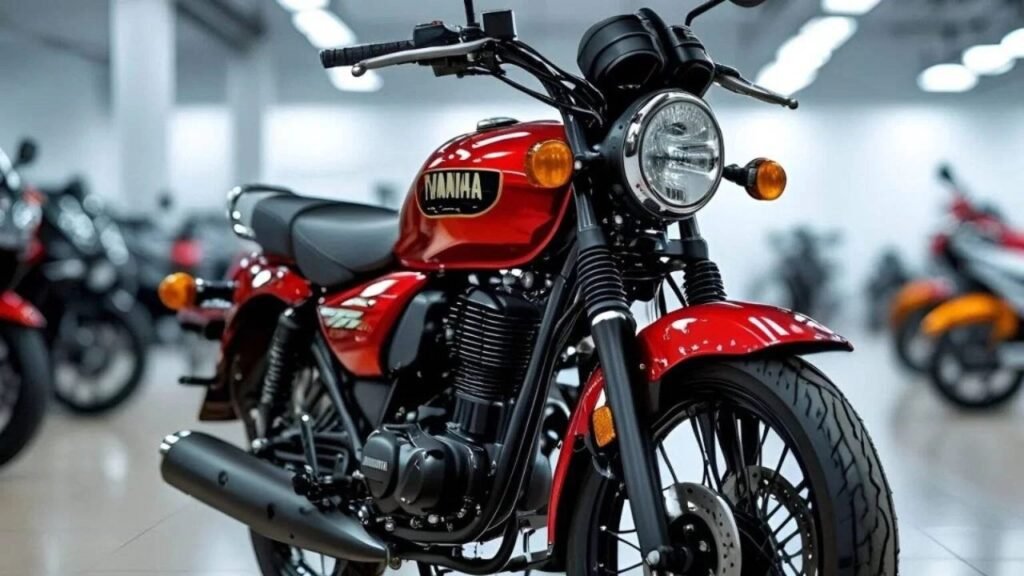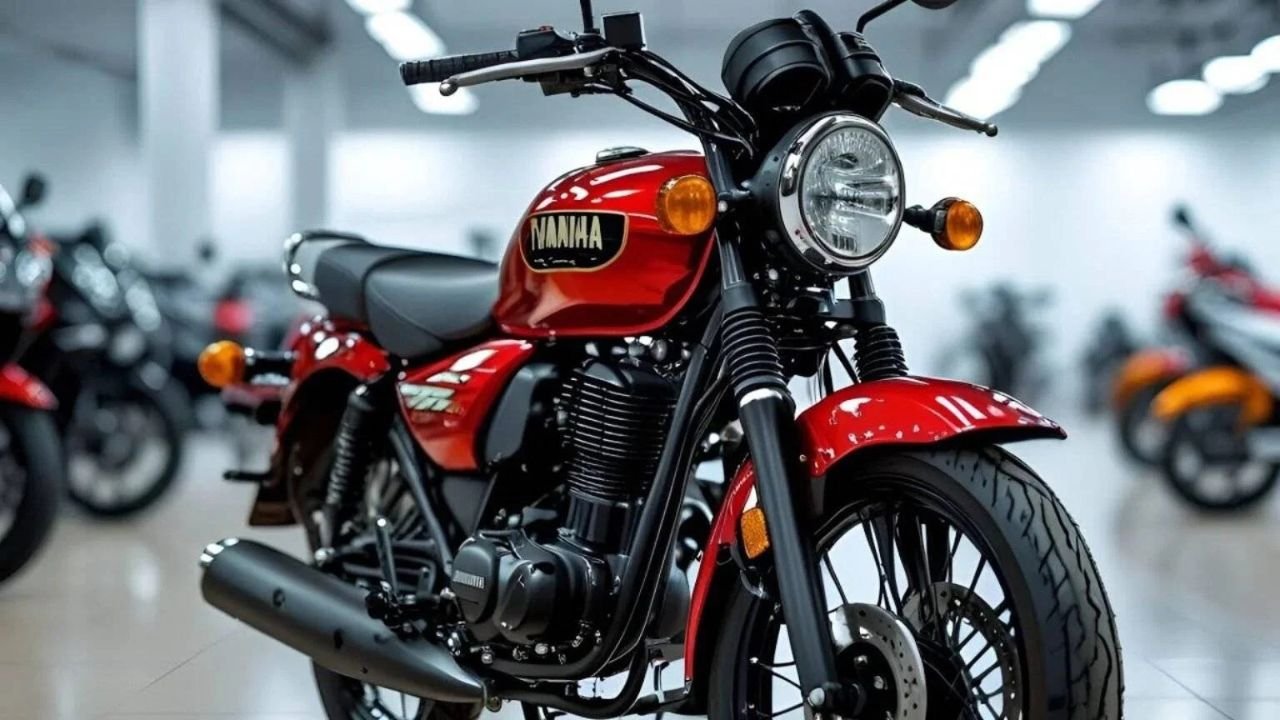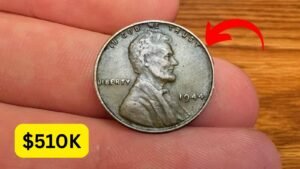Why the Yamaha RX100 Still Captivates Hearts
Imagine the open road in the 1980s, the wind in your hair, and the unmistakable growl of a Yamaha RX100 tearing through the streets. For many, this iconic two-stroke motorcycle wasn’t just a bike—it was a lifestyle, a symbol of freedom, and a badge of youthful rebellion. Launched in India in 1985, the Yamaha RX100 redefined what a 100cc bike could be, blending raw power, sleek design, and a sound that still echoes in the hearts of enthusiasts. Even in 2025, its legacy endures, with collectors and riders chasing the thrill of this mechanical marvel. But what makes the RX100 so special, and why does it still command such devotion?

The Birth of a Legend: A Game-Changer in the 80s
A Bold Move by Yamaha
When Yamaha introduced the RX100 in collaboration with Escorts Group, India’s motorcycle market was dominated by practical, fuel-efficient commuters. The RX100, however, was a rebel. Powered by a 98cc two-stroke engine, it churned out an impressive 11 horsepower—modest by today’s standards but revolutionary for its time. Weighing just 103 kg, its power-to-weight ratio gave it blistering acceleration, earning it the nickname “pocket rocket.” According to automotive historians, the RX100’s launch coincided with India’s economic liberalization, tapping into a growing middle class hungry for excitement.
That Iconic Two-Stroke Roar
If you’ve ever heard an RX100’s exhaust note, you know it’s not just a sound—it’s an emotion. The sharp, rhythmic pop and crackle of its two-stroke engine became a calling card, audible from blocks away. Riders often customized their bikes with expansion chambers to amplify that distinctive growl, making it a cultural icon. As one enthusiast on an online forum put it, “The RX100’s sound wasn’t just noise; it was the soundtrack of my youth.”
Why the RX100 Stood Out
Unmatched Performance
The RX100’s 98cc engine, paired with a 4-speed gearbox, delivered power smoothly across the rev range, thanks to Yamaha’s torque induction system. This engineering marvel made it feel like a much larger bike. My uncle, a proud RX100 owner in the 90s, still recalls outpacing larger motorcycles on his daily commute, grinning as he left them in the dust. Its nimble handling, with telescopic front forks and dual rear shocks, made it a dream for city rides and twisty roads alike.
Timeless Design
Visually, the RX100 was a masterpiece of simplicity. Its round headlamp, chrome fenders, and curvy fuel tank screamed retro cool. Unlike modern bikes with complex plastic bodywork, the RX100’s minimalist design aged gracefully. Enthusiasts on platforms like BikeWale still praise its “cheetah-like” look, with bold decals and a sleek silhouette that remains unmatched.
Mechanical Simplicity
No electronics, no fuss—just pure mechanical brilliance. The RX100 was easy to maintain, repair, and modify, endearing it to riders and mechanics alike. A local mechanic in Delhi once told me, “You could fix an RX100 with basic tools and a bit of know-how. It was built for the rider, not a computer.”
The RX100’s Cultural Impact
A Bollywood Favorite
The RX100 wasn’t just a bike; it was a star. Bollywood films in the 80s and 90s often featured the RX100 in high-octane chase scenes, cementing its status as a symbol of speed and style. From small-town youth to urban dreamers, owning an RX100 was a rite of passage. As one X post reminisced, “Every boy in the 90s wanted an RX100—it was the ultimate dream bike.”
A Collector’s Dream
Production of the RX100 stopped in 1996 due to stricter emission norms, as two-stroke engines were phased out for cleaner four-stroke models. But its discontinuation only fueled its mystique. Today, a well-preserved RX100 can fetch ₹80,000 to ₹1,20,000 in India’s secondhand market, with pristine models commanding even higher prices. Restoration has become a passion project for many, with online communities sharing tips on sourcing original parts.
The RX100’s Modern Revival: What’s Next?
A New Avatar?
Rumors of a Yamaha RX100 relaunch have been swirling, with reports suggesting a 2026 or 2027 debut. The modern version is expected to feature a four-stroke, fuel-injected engine—likely 200cc or more—to meet emission standards while preserving the RX100’s spirited performance. Fans hope for retro-inspired styling, with LED lighting, digital displays, and modern features like alloy wheels. However, recreating the two-stroke magic will be a challenge, as Yamaha’s chairman noted in 2024: “Matching the RX100’s raw feel with a four-stroke engine is no easy task.”
Expected Price and Competition
The relaunched RX100 is estimated to cost between ₹1,00,000 and ₹1,50,000, positioning it against bikes like the Honda SP 125 and Bajaj Pulsar 150. Enthusiasts on BikeJunction are buzzing with excitement, hoping Yamaha retains the iconic exhaust note and lightweight frame.
Why the RX100 Still Matters in 2025
Nostalgia Meets Modernity
The RX100’s appeal lies in its ability to evoke nostalgia while remaining relevant. For older riders, it’s a reminder of simpler times; for younger ones, it’s a chance to own a piece of history. Its blend of performance, style, and simplicity is a rare find in today’s tech-heavy motorcycle market. As one rider on QuikrBikes put it, “No modern bike matches the RX100’s soul—it’s like riding a piece of art.”
A Lesson in Timeless Engineering
The RX100 proves that great design doesn’t need complexity. Its lightweight frame, punchy engine, and mechanical purity are lessons modern manufacturers could learn from. With rising demand for retro-styled bikes, the RX100’s influence is evident in models like the Royal Enfield Classic 350, which blends old-school charm with modern reliability.
Tips for Aspiring RX100 Owners
- Buying Used: Check for original parts and service history. Prices vary from ₹40,000 for modified units to ₹1,20,000 for pristine models.
- Restoration: Join online forums or connect with local bike clubs for parts and expertise.
- Maintenance: Regular upkeep is key. Two-stroke engines require proper oil mixing and occasional carburetor tuning.
- Future Relaunch: Stay updated via Yamaha’s official channels or platforms like BikeWale for launch announcements.
Final Thoughts: The RX100’s Enduring Legacy
The Yamaha RX100 isn’t just a motorcycle; it’s a cultural icon that shaped a generation. Its raw power, iconic sound, and timeless design continue to inspire riders and collectors in 2025. Whether you’re chasing a restored classic or awaiting its modern revival, the RX100’s legacy is a testament to the magic of two-wheeled freedom. So, what’s your RX100 story? Have you ridden one, or is it on your dream bike list? Share your thoughts, and let’s keep the legend alive.






2 thoughts on “The Yamaha RX100: A Timeless Legend That Still Roars”